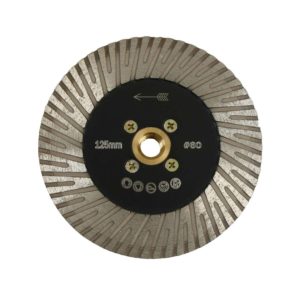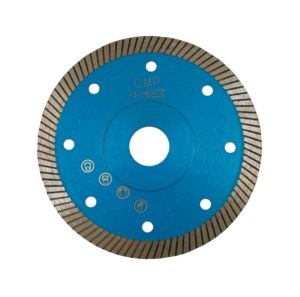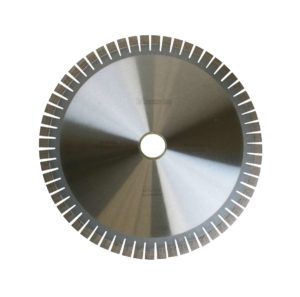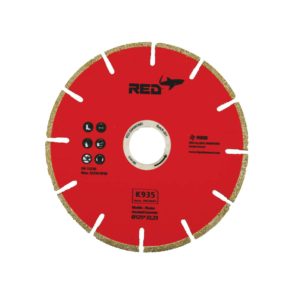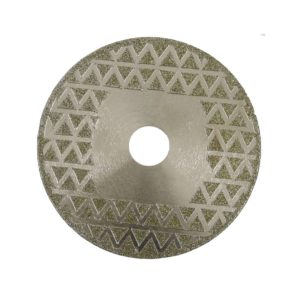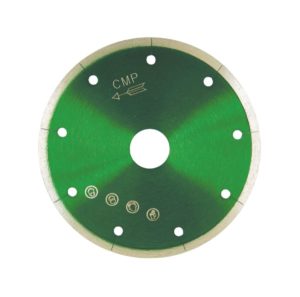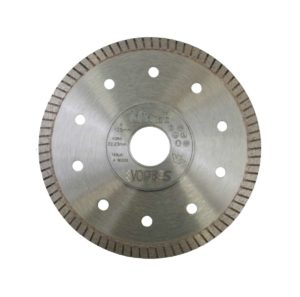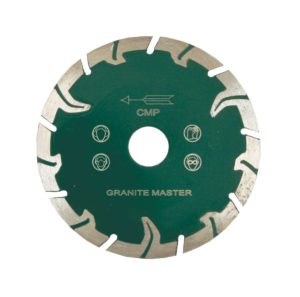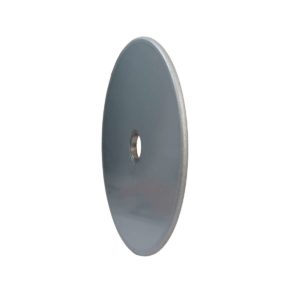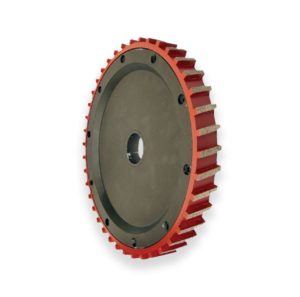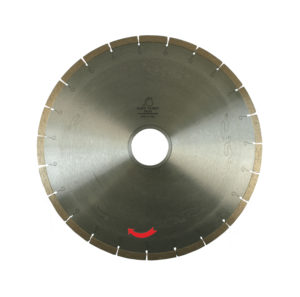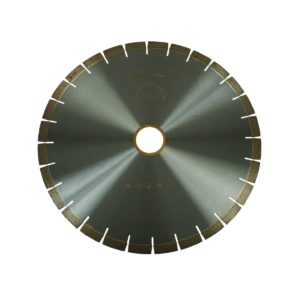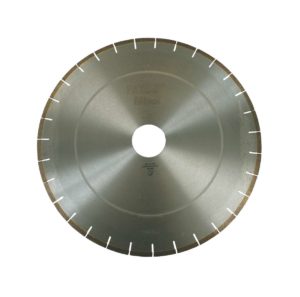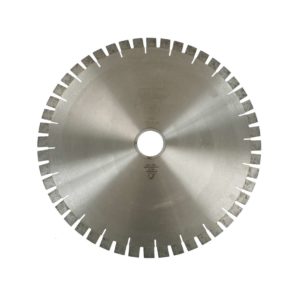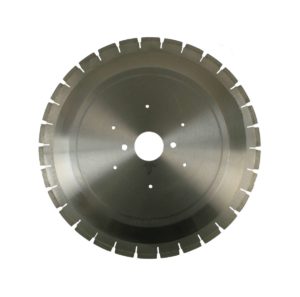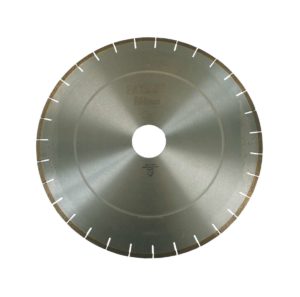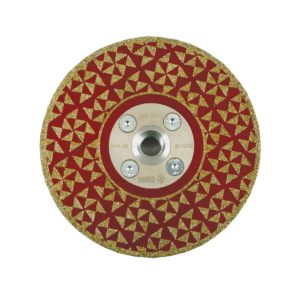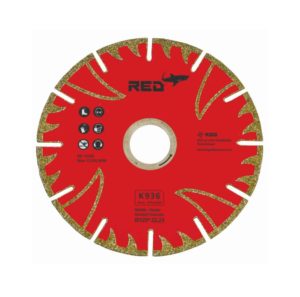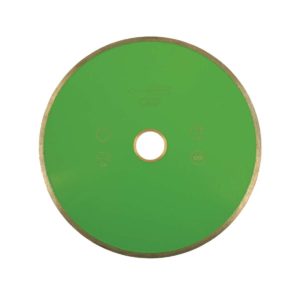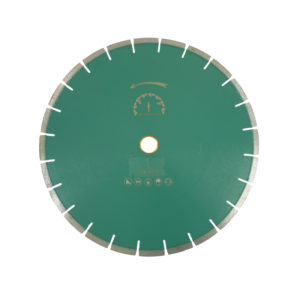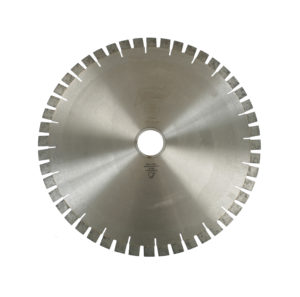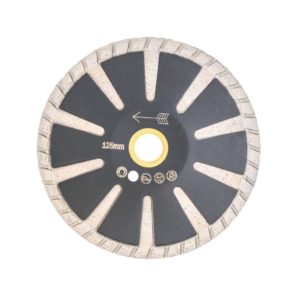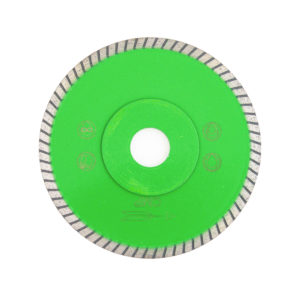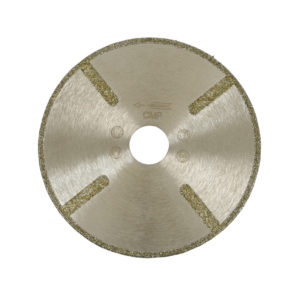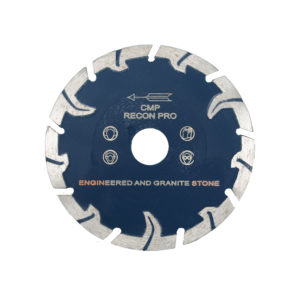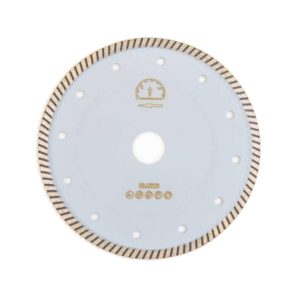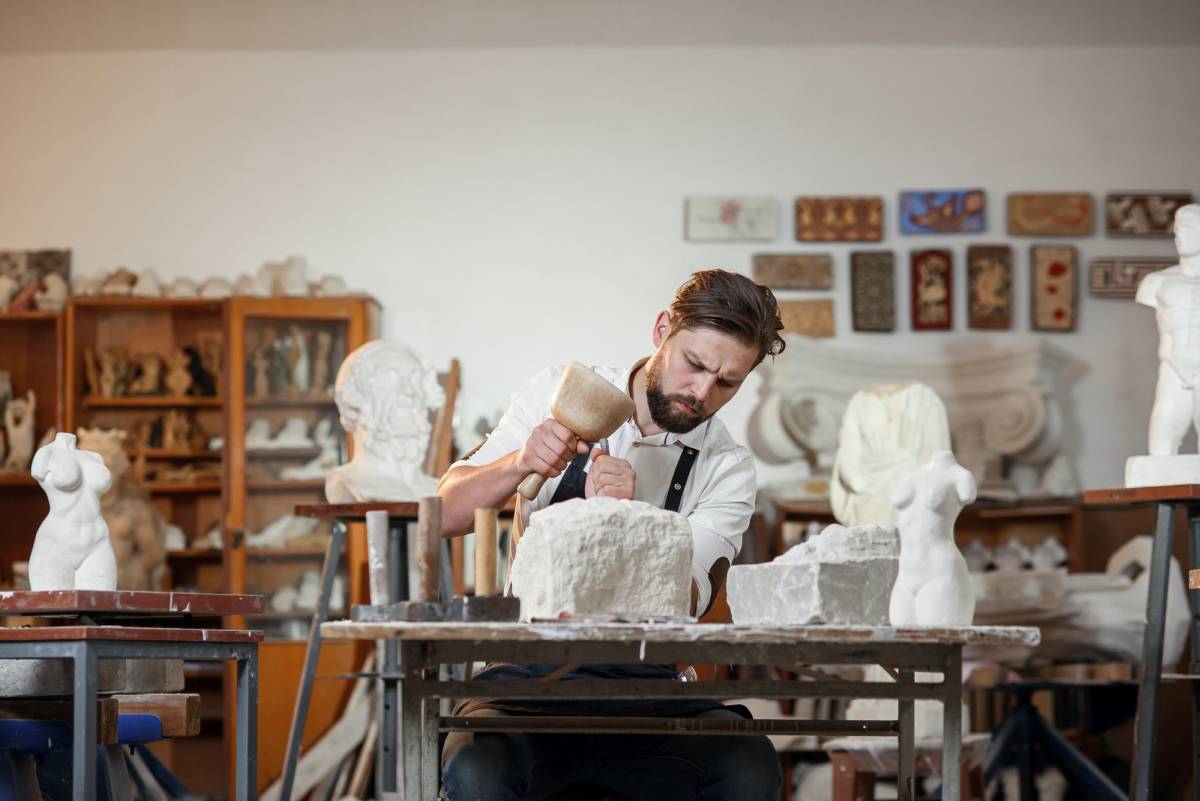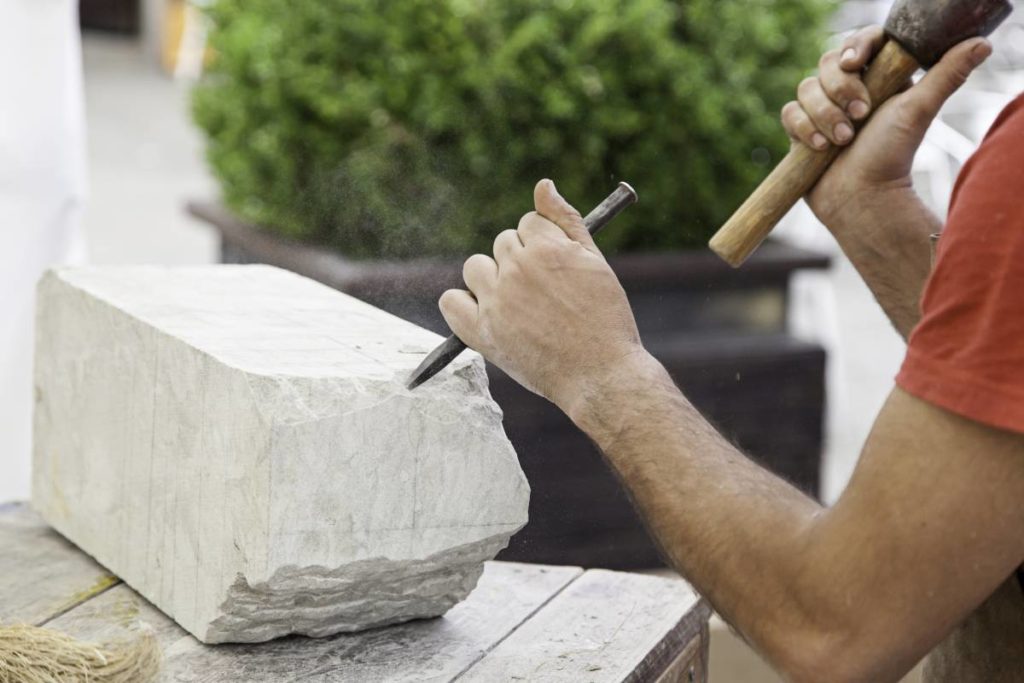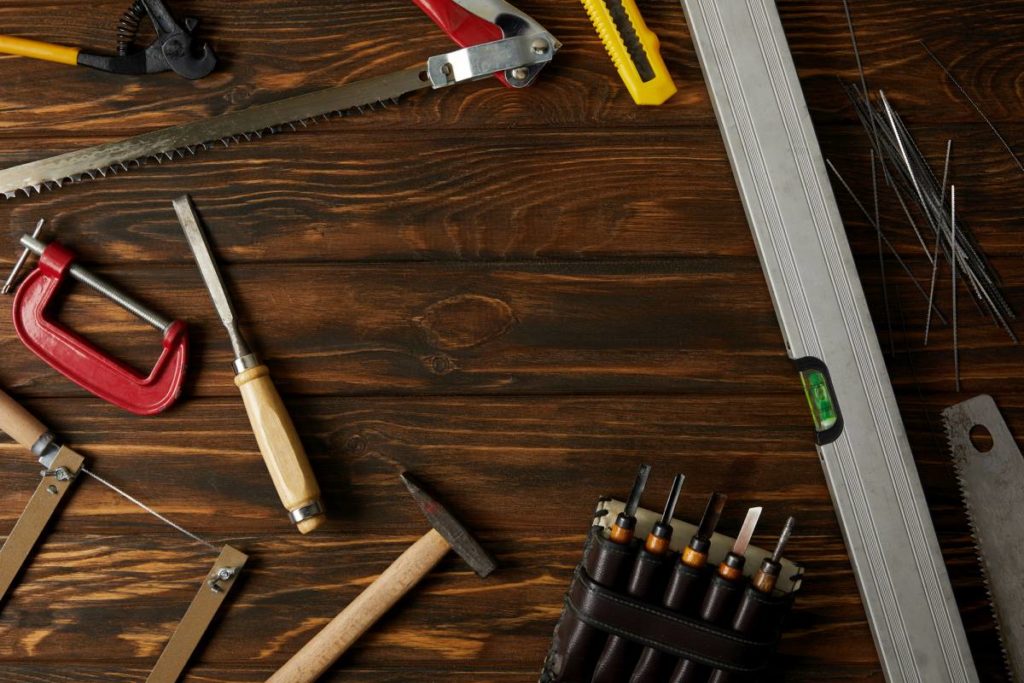Sculpting Tools & Equipment Melbourne
CMP Stone in Hallam are a stonemason tools supplier in Melbourne that specialise in Sculpting Tools & Equipment Melbourne.
We also specialise in tools for:
- Monumental Stone Masonry
- Stone Masonry Tools & Equipment
- Bricklaying Tools & Equipment
- Marble Cutting Tools & Equipment
- Sculpting Tools & Equipment
- Landscaping Tools & Equipment
- Tile Cutting & Tiling Tools & Equipment
- Dry Wall Masonry Tools & Equipment
One who makes a living sculpting is called a sculptor. They use materials, including clay, plastic, glass, paper, cloth, various metals, wood, stone, ice, etc., to model and design three-dimensional structures.
A sculptor is an exceptionally imaginative fine artist who creates sculptures and statues from scratch and brings them to life in three dimensions by combining or moulding materials. Stone, marble, glass, metal, wood, and even ice are just a few of the common materials used by sculptors. They can even make use of other materials like clay, plaster, gold, wire, plastic, rubber, fabric, or paper.
Sculptures and statues of this type can be found all over the world, with some even dating back to 10,000 BC. A sculpture for a public space like a park or a commercial lobby can be commissioned by a contemporary sculptor. A museum may commission a sculptor to make a one-of-a-kind sculpture for display. In many cases, private collectors will request a specific work of art.
Chisels are commonly used to carve stone, wood, and other hard materials. To remove the excess stone, shape the forms, and refine the details, stonemasons employ a variety of chisels. A sculptor's toolkit could include everything from stitching to mould-making to cutting, depending on the nature of the material being sculpted. Sometimes they utilize casting, welding, and burning to achieve the necessary shapes. As a form of artistic expression, sculpting is not easy. Using tools properly needs skill and experience. Carving out flawless structures requires time and effort.
Sculptors may operate independently and often balance sculpture work with another career. Higher-educated professionals are increasingly filling teaching positions at all grade levels. The sculpture must promote itself and establish a reputation. A portfolio of photographs of one's sculptures is required, and a website showcasing one's work is optional. Sculptors frequently submit their works to museums and galleries in their area for public viewing. Some sculptors put in 18-hour days. The likelihood of a sculptor receiving average or above-average compensation and widespread acclaim for his or her creations increases with the artist's dedication and genuine enthusiasm for the craft.
Marble, metal, glass, wood, stone, clay, ice, and sand are just a few of the common materials used to create sculptures. Lights, motion, and music can all be used to create contemporary sculptures. Sculptors take raw materials and create works of art that are shown in public spaces like museums, galleries, and parks.
Chisels are used most often for carving the harder materials, though this varies by media. A block of marble or rock may serve as the starting point for a sculpture as the artist chips away at it to produce the desired form. For larger works, a sculptor may use assembly or moulding techniques. A mistake in chipping or carving hard materials like marble or granite might destroy an entire sculpture. Sculptors need to be very patient in order to realize their visions for their pieces.
Sculpture can be broken down into four categories:
In-the-round
When most people think of sculpture, they picture a structure like this one. Sculptures that are designed to be viewed from all sides are included in this category. This type of sculpture can also be called a "free-standing" piece.
Relief
This sculpture kind uses projection onto a flat surface to create the illusion of depth.
Assemblage
This sculpting style is more up-to-date. It's cobbled together from random bits and pieces that don't go together at all. Picasso's famous bull's head assemblage was made from a bicycle seat and handle.
Kinetic
This sculpture may be powered by wind or water and travels independently.
CNC TOOLS
8+ Products
GRINDING & SHAPING
20+ Products
CONSUMABLES
11+ Products
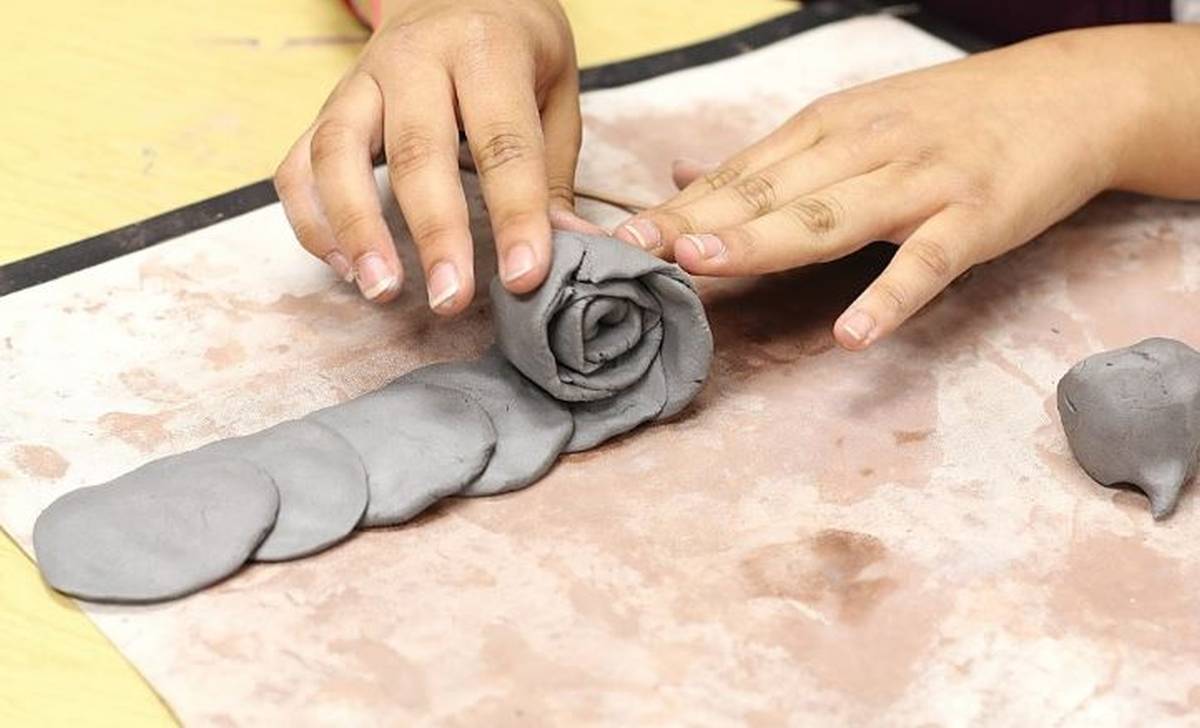
Materials
In sculpture, you can utilize anything that can be manipulated into a three-dimensional form. For various reasons (including structural and aesthetic merits and availability), several materials have been found to be particularly well-suited. Stone, wood, metal, clay, ivory, and plaster are among the most crucial. As well as these, there are a number of lesser-used materials and many have only lately been introduced.
The traditional medium for monumental sculpture has always been stone. This is because of several very real benefits:
In general, the stone is not easily damaged by rain, snow, or heat, making it ideal for outside applications.
Anywhere you go, you can find the stone, and you can buy it in huge slabs.
A wide variety of stones are amenable to carving since they all have similar textures and hardnesses.
Monumental buildings, with which sculpture is often paired, are often made of stone.
Sculptures have been made using stones from each of the three primary types of rock formation. Granite, diorite, basalt, and obsidian are all examples of igneous rocks; these are generated when molten material masses cool as they approach the Earth's surface. The sculptures made from these stones are among the most durable in the world. Sandstones and limestones are examples of sedimentary rocks. These rocks are created when mineral and organic matter collect in layers. Sandstones are aggregates of eroded rock fragments cemented together. The calcareous remnants of organisms are the primary source material for limestone formation. The chemical deposit known as alabaster is actually the sedimentary rock gypsum. In sculpting, several different types of sandstone and limestone are employed, each with its own unique qualities and carving potential. Because of the way they were formed, many sedimentary rocks have distinct layers and high fossil content.
To create metamorphic rocks, high temperatures or pressure are applied to sedimentary or igneous rocks, altering their structure. Most famous for their use in sculpting are the marbles, which are actually recrystallized limestones. The most famous type of marble is Italian Carrara marble, which was employed by Roman and Renaissance sculptors like Michelangelo and is still used today. Both the Parthenon and its sculpture are carved from Pentelic marble, the most famous type of marble utilized by Greek sculptors. Parian marble was also widely employed.
Since stone is so dense and brittle, it cracks readily if carved too thin and not properly supported. As seen in Egyptian and pre-Columbian American Indian sculpture, a vast approach without fragile projections is consequently typically favoured. However, there are stones that can be handled more casually and publicly. A number of European sculptors have shown virtually as much leeway in working with marble as they would with bronze. Examples of such virtuosity are accomplished by working against rather than with the material's inherent characteristics.
Hardstones, often known as semiprecious stones, are a distinct class that contains some of the most aesthetically pleasing and adorning materials in the world. These stones, along with more valuable gemstones, are sometimes included in discussions of the glyptic (gem cutting or engraving) or lapidary arts, but many of the products made from them can also be seen as miniature works of sculpture. They typically require more effort to shape than steel. Jade is the most prized of the hard stones used in sculpting, and the ancient Chinese manipulated it and other hardstones with great mastery. Maya and Mexican painters also employed it for sculpture. Quartz, rose quartz, amethyst, agate, and jasper are some more notable hardstones.
Wood has been utilized by every great civilization throughout history, and it is commonly associated with tribal sculptures from Africa, Oceania, and North America. However, it was also widely used throughout the Middle Ages, particularly in Germany and central Europe. Ernst Barlach, Ossip Zadkine, and Henry Moore are just a few of the modern sculptors whose significant works were created in wood.
Sculpture materials can be made from either hard or soft wood. Some of them are open-grained and stringy, while others are close-grained and slice like cheese. Wood's fibrous structure provides significant tensile strength, allowing it to be carved more thinly and freely than stone. Jointing together multiple pieces of wood allows for the creation of expansive or intricate open works of art. Wood is not as strong or long-lasting as a stone; fluctuations in humidity and temperature can cause it to split, and insects and fungi can cause damage if it is left outside. The grain of the wood is a distinctive feature that adds visual interest and tactile variation to the wood's surfaces. Its colours are soft and varied as well. Wood is more welcoming than stone due to its natural warmth, but it can't compare to stone's immense dignity and weight.
Oak, mahogany, limewood, walnut, elm, pine, cedar, boxwood, pear, and ebony are some of the most popular woods for sculpting, although many others are also utilized. Since pine trees are so much larger than boxwood trees, the North American Indians could carve enormous totem poles out of pine, but boxwood is only accessible in very small pieces.
Many 20th-century sculptors used wood both as a structural material and a medium for their artistic expression. Various finishes can be applied to and used in conjunction with glued, jointed, screwed, or bolted laminated timbers, chipboards, and block and plank timber.
Metals have long been employed for sculpting in cultures that have perfected the techniques to work with them. Because so much ancient metal sculpture has been stolen and melted down, the quantity that has survived as art does not accurately reflect the extent to which it was used. This is how nearly all of the goldwork created by pre-Columbian American Indians disappeared, along with countless metal sculptures from the Far East and Greece.
In addition to bronze (a copper-tin alloy), other metals such as gold, silver, aluminium, copper, brass, lead, and iron have been commonly utilized for sculpting. The tensile strength of most metals is substantially higher than that of stone or wood, allowing for a much wider range of design possibilities. The feet of a bronze statue that is securely fastened to a base are all that is needed to keep the statue balanced if it is standing on only one leg. Even without breaking, significant shape reduction is feasible.
Metals have long been prized and used extensively for their reflective qualities, as well as their bright shine and vibrant colouration. However, artificial patinas have been widely favoured as bronze finishes ever since the Renaissance.
There is a wide range of techniques for shaping metal into sculptures. They can be worked directly, for instance by hammering, bending, cutting, welding, and repoussé, or cast, which is when they are melted and poured into moulds (hammered or pressed in relief).
The Greek, Roman, Indian (particularly Chola), African (Bini and Yoruba), Italian Renaissance, and Chinese schools all have significant contributions to bronze sculpture. Small-scale gold works were very effective in both pre-Columbian America and medieval Europe. Aluminium, a material very recently discovered, has seen extensive use by contemporary sculptors. Iron has not been widely utilized as a casting material, but in recent years it has become a popular material for direct working using processes akin to those of the blacksmith. Nowadays, sheet metal is one of the most common materials for architectural sculpture. The American sculptor David Smith has made excellent use of stainless steel sheets.
Clay is one of the most accessible materials because of how widely used it is. It has been one of the mainstays of sculpture since before humans learned to fire pots, when it was first used to create models of animals and people.
There are four characteristics of clay that contribute to its versatility:
- It is one of the most malleable materials when wet, allowing for precise impressions to be taken.
- The ability to cut and scrape is enhanced when the material is dried to a leathery or rock-hard consistency.
- Adding water transforms it into a slip, a thick liquid that can be poured into moulds and left to dry.
- It exhibits irreversible structural changes when heated to between 700 and 1,400 °C (1,300 and 2,600 °F), making it permanently hard and exceedingly durable.
Clay is used by sculptors for many different purposes, including the development of ideas, the creation of preparatory models to be cast in materials like plaster, metal, concrete, or stone, and the creation of pottery sculpture.
The term "earthenware" refers to a type of pottery that is classified by the composition of the clay body and the firing temperature at which it is glazed and fired. Unlike stoneware, which is hard, nonporous, and somewhat vitrified, porcelain is fine-textured, vitrified, and translucent; and clay pottery, which is opaque, comparatively soft, and porous. Sculptures can be made out of all three varieties of pottery. The term "terracotta" refers to sculptures crafted from low-fired clays, most commonly buff and red clays (baked earth). However, the scope of this phrase is generally broadened to include other types of ceramic sculpture.
Unfired clay bodies can be finely or coarsely textured and can be any colour from white to grey to buff to brown to pink to red. Glazes and other decorations developed by potters can be used on pottery sculptures to make them look stunning.
Paleolithic sculptors worked with unfired clay to create works in relief and round. Fantastic porcelain sculptures, including life-size human figures, were produced in ancient China. The Tanagra miniatures are some of the most well-known Greek artworks because of their intimacy and scale. Sculptor-potters in Mexico and the Maya region created robust, directly modelled figures. Large-scale glazed and coloured sculptures by Luca Della Robbia and his family during the Renaissance are among the most exquisite works in the medium of pottery. Producing figurines out of clay has long been a favourite pastime, particularly in the Staffordshire, Meissen, and Sèvres ceramic styles.
Tusks from elephants are the most common source of ivory, but walrus, hippopotamus, narwhal (an Arctic aquatic species), and even mammoth tusks were utilized in the Paleolithic period. Ivory is difficult to deal with because it is dense, tough, and brittle. The milky white colour of this stone, which typically yellows with age, takes a high polish. The contour of the tusk itself can be employed, or it can be sawed into panels for relief carving or blocks for three-dimensional sculpture. Due to its nature, the material is ideal for intricate carving, and displays of skill are the norm.
In antiquity, ivory was widely utilized in the Mediterranean, the Middle East, and even the Far East. From the time of the early Christians in Rome and Byzantium until the end of the Middle Ages, there was an almost continuous Christian tradition of ivory carving. Ivory was mostly employed in relief throughout this period, and it was frequently combined with other materials including precious metals, enamels, and precious stones to get the most spectacular results. Sculpturally, it was most commonly used for devotional diptychs, portable altars, book covers, retables (raised shelves above altars), caskets, and crucifixes. In addition to the classical period, the Baroque era, particularly in Germany, had a plethora of ivory pieces. The former West African country of Benin was also home to a prestigious ivory carving tradition.
For making moulds, castings, and prototypes, plaster of Paris (sulphate of lime) is an indispensable material. It was a common casting medium for ancient Egyptian and Greek sculptors, and it remains one of the most adaptable tools in the modern sculptor's toolkit.
Plaster, when combined with water, sets quickly to become hard and inert while also expanding significantly in volume. Set, it is weak and characterless, making it unsuitable for most final projects. Plaster is versatile, as it can be poured when liquid, moulded when the viscosity is right and cut when hard. To slow the setting time, enhance the hardness or heat resistance, alter the colour, or strengthen it, other components can be added to the mix.
Plaster was formerly used in the sculptural process primarily for casting clay models prior to the creation of cast metal sculpture. These days, many sculptors forego the traditional step of modelling in clay in favour of casting their creations in plaster. Plaster is commonly utilized as a mould material in the production of concrete and fibreglass sculpture. It's great for making casts of sculptures already in existence, which is why many museums make use of this material.
Sculpting Tools
Sculpting is an ancient art discipline, yet modern artists like Picasso and Michelangelo have access to more resources than their classical counterparts. Sculptors employ a wide variety of instruments to create their works, despite the common misconception that all they need is a hammer and chisel. Having access to and knowledge of how to use a wide range of sculpting tools effectively may make a sculptor's profession much more enjoyable and his work much more successful.
Safety Equipment
Thesculpturestudio.com states that sculptors should use respirators because of the stone dust they are exposed to on the job. Because of the presence of crystalline silica in granite, their use is mandatory. Eye protection is worn when dealing with stone dust, and hearing protection is worn when using power equipment.
A sculptor working with stone needs a variety of point chisels, tooth chisels (rakes), flat straight chisels, and hammers of varied sizes and weights. Each one is made of high-carbon steel that has been forged and tempered to maximize durability.
Point Chisel
According to thesculpturestudio.com, the point chisel is the most frequently used tool during the sculpting process due to its ability to remove material rapidly and for roughing out a basic design. Chisels with steel tips are suitable for use on softer stones, while those with carbide tips perform better on harder stones like granite.
There are three different-sized points available, with the largest being used to extract the principal bulk material. They all culminate in a four-sided point, the thickness of which is proportional to its overall mass; thus, a smaller point is a finer one.
Tooth Chisel
Following the usage of the point chisel, the valleys and peaks of your sculpture can be smoothed out with the tooth chisel.
The second stage of removal requires a flat, straight chisel with slightly bevelled teeth, often known as a tooth chisel or rake. It comes in four standard widths, the narrowest of which has four teeth, the next two have five, the third has six, and the widest has eight. The primary application of the tooth chisel is the geometric reduction of a bigger stone block.
Flat and Rondel Chisel
To prepare the sculpture for finishing, the flat and rondel chisels are used after the tooth chisel to smooth off the grain.
Before moving on to more abrasive methods like rasping or sanding, the flat, straight chisel is the last step in the finishing process. It comes in three different sizes (small, medium, and large) and has a straight edge that is maybe bevelled by 30 degrees.
Hammers
Weighted hammers of varying sizes are used for specific tasks when carving. According to TheSculptureStudio.com, the 1-pound. The 1 1/2-pound hammer is ideal for carving intricate patterns. The three-pound hammer is ideal for general-purpose carving. When chipping away at sizable chunks of stone, a hammer is used to push a point chisel.
Soft iron is used to make hammers for stone carving, and they come in three different weights to reduce the impact on the stone, the instrument, and the carver. Carving heads range in weight from 1 pound (used for fine detail work) to 2 pounds (used for big carving). The hammerheads are joined to the handles via a central hole in the head, and the connection is secured via many steel wedges. If you're not particularly muscular, a hammer that weighs only 1.5 pounds will do the job.
Rasps
A rasp is an instrument having tiny teeth spread evenly throughout its metal surface, much like a file. Because of the difficulty in handling some of the power tools used for finishing, the rasp has become a popular alternative. Scratches created by rasps on stone might be left for aesthetic purposes or polished out using sandpaper.
Banker
Many sculptors utilize bankers, which are "extremely robust workbenches," to support their creations while they're in the middle of the process. The physical requirements for a successful banker include the ability to grasp heavy stones and withstand the impact of a hammer. Bankers often feature wooden legs and iron or wooden supports for the top. Additional support in the form of sandbags is often utilized to eliminate any possibility of movement.
Grinder
When working with stone, a grinder is a useful power tool. Harder stones, such as granite, require diamond blades as opposed to the carbide discs that can be used on softer stones. For fast stone removal, thesculpturestudio.com suggests making parallel incisions with a grinder and breaking them off with a chisel and hammer.
When combined with an air compressor, the handpiece and pneumatic tool that makes up a pneumatic tool can reduce bulk material in about a third of the time it takes when using conventional-handed tools. Pneumatic tools typically have points, rakes, and straight chisels on the cutting end, whereas wood carving tools typically have a variety of different shapes, including a short bent chisel, straight chisel, gouge fishtail, and parting tool.
Advanced and intermediate carvers can also benefit from using specialised tools that aren't necessary for beginners. Stone carvers employ a variety of specialized tools, such as the diamond-shaped point for separating ferrules throughout their width (unlike wood carvers, who use veining tools, stone carvers use points), and the rondel, a rounded curving tool used for concave carving; the cutting edge is approximately beveled.

